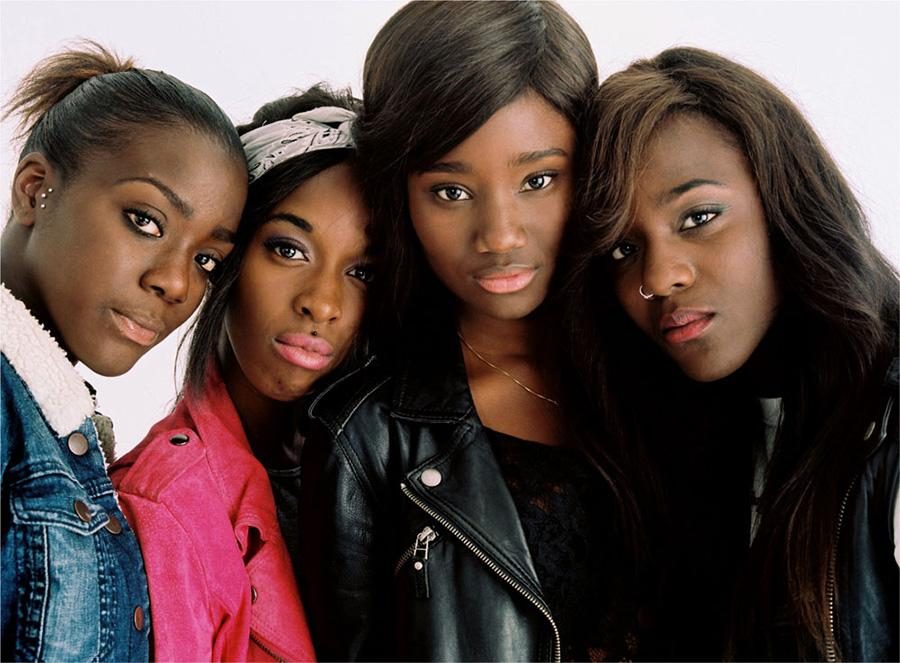‘Girlhood’ portrays French youth
January 26, 2015
Céline Sciamma’s most recent venture is a film of many names: in France it is known as “Bande de filles,” in America as “Girlhood.” With the English name “Girlhood,” some have compared the movie to Richard Linklater’s “Boyhood.” The similarities end with their titles, however, as “Boyhood” capitalized on the American experiences intrinsic to the childhood of a single generation — the songs we grew up singing, the books we’d beg our parents to read to us before sleeping. “Bande de filles” is not this story. It’s a tale of French-African adolescents in one of Paris’ hard-edged suburbs, known as banlieues — Patricia Arquette, the leading lady of “Boyhood,” is nowhere to be found.
With “Bande de filles,” it is difficult to avoid falling into the trap of Hollywood allusion. It is hard to watch the mild-mannered Karidja Touré fall in with a group of three dangerously free-willed yet close-knit bad girls without drawing a comparison to “Mean Girls.” Similarly, the gang fights that breakout between teen girls in the neighborhood bring to mind the rumbles of the Socs and Greasers in “The Outsiders” — the “Boyz ‘N the Hood” title song feels like it belongs. It is interesting to imagine a French audience overlooking these unfortunate parallels — that this film could exist in its isolated reality elsewhere.
The girls rent a hotel room with money they bummed off their frightened classmates, steal dresses from department stores with the security tags still attached, drink strong drinks and lip sync to Rihanna’s “Diamonds.” Although there’s more theft and debauchery than in the cookie-cutter picture of adolescence, the familiarity of the scene is difficult to shake. At its core, “Bande de filles” tells an incredibly common tale of goofing around with your best girlfriends.
Beyond the international politics of experience, “Bande de filles” is an incredible, visceral journey. The closeness the audience feels with the film doesn’t need to be established through setting, characters or plot. The close camera shots bring a sense of intimacy that is rarely felt in domestic films. “Bande de filles” avoids Hollywood glitz and polish, but still presents itself as one of the most emotionally and aesthetically beautiful films to be released in quite some time.
The push-pull factor that “Bande de filles” creates for the audience — a force that disallows us from truly understanding our place within and emotional attachment toward the narrative — is both jarring and comforting. We hate their world and their circumstances, yet we love their fiery bond. We don’t know how to feel, but neither do our outwardly self-assured characters.
Although the action doesn’t span an entire childhood, by the credits, it feels like it has. “Bande de filles” characters are so vivid that it is as if we’ve not only spent the last 113 minutes with them, but that we’ve spent that time as them.
A version of this article appeared in the Monday, Jan. 26 print edition. Email Isabel Jones at [email protected].


























































































































































